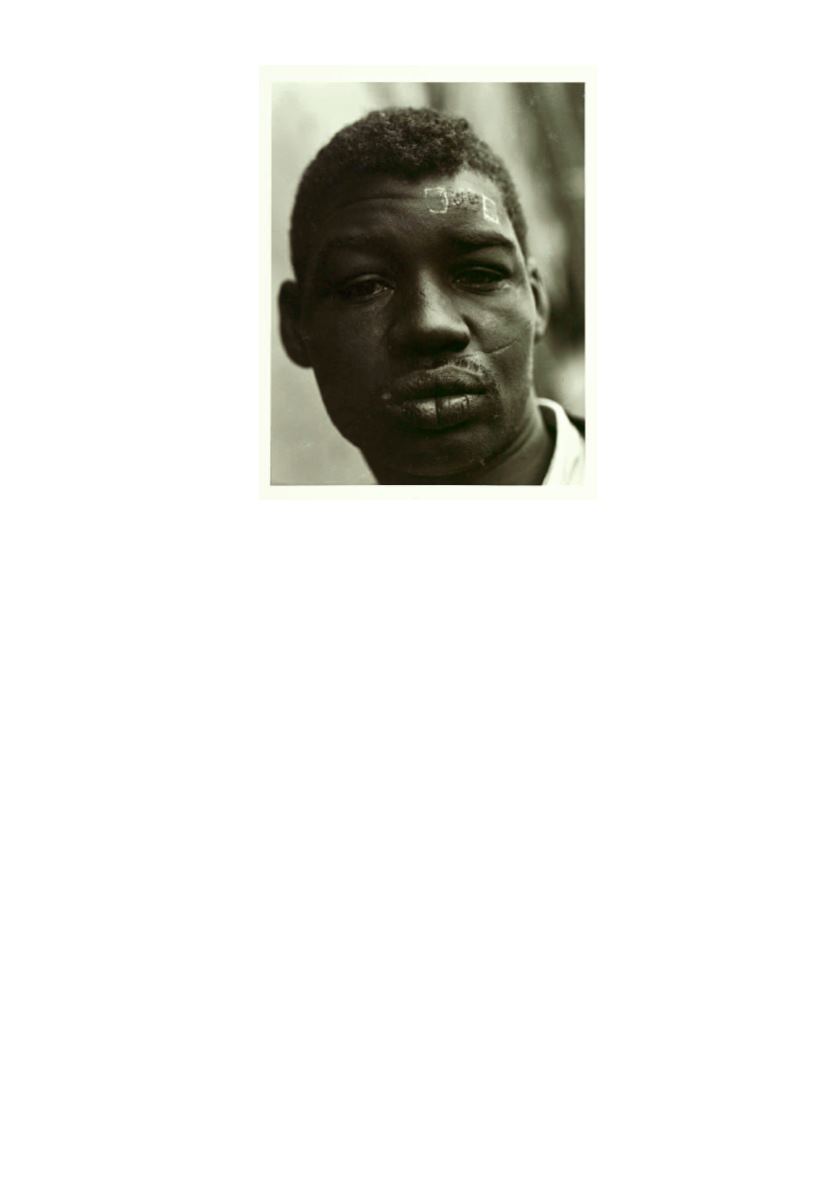

225
●
(CIVIL RIGHTS—VOTER REGISTRATION.) GREEN,DEBORAH (“DEBBIE”).
CIVIL RIGHTS 1965, Impressions from the Battle Front.
Original typed manu-
script. 67 pages on rectos only. With 4 pages of letters relating to the trip at the end.
Together with a number of newspaper clippings and Jack Newfield’s Village Voice article.
Amite County, MS and New York, 1965
[800/1,200]
THE EXTRAORDINARY FIRST
-
HAND ACCOUNT
of Debbie Green, a 1960’s folk-singer, and her
folk-singer friend Erik Anderson. The two had traveled to the Deep South at the urging of their man-
ager Arthur Gorson. Gorson, who managed a number of recording artists, thought it would make for
good publicity, but had not prepared them for the frightening scenario that they would soon find them-
selves a part of. Gorson backed out at the last minute, and convinced Debbie Green to go in his place.
Along on this junket was Village Voice columnist Jack Newfield, who had also been convinced by
Gorson that it would make a great story. Ostensibly there to register voters in a rural county, Debbie
had traveled in heels with a suitcase. Things began to come unraveled the moment they arrived. Their
contact in Amity expected Erik and Jack only, and had not planned to put up a woman as well.
Debbie was petrified from the start and would not be separated from Eric, which conservative Southern
ethics dictated for sleeping arrangements. They finally made contact with E. W. Steptoe, the almost
legendary leader of the voter registration and SNNC representative in Amite, Mississippi. Steptoe was
the person who was going to take them around from farm to farm to get names on voter registration
forms. Newfield in his article referred to Amite as Dante’s “Ninth Circle of Hell.” There had been so
many murders and such intimidation that by 1961, only one person had been registered. Once things
get settled, Debbie Green’s narrative makes for fascinating reading. She gives a vivid account of dealing
with the local farm people who did everything they could to make the three comfortable.
226
●
(CIVIL RIGHTS.) DAVIDSON, BRUCE.
Man with band aid on his fore-
head (supplied title).
Gelatin silver print, 9 x 7 inches (image size) on a 14 x 11 inch
piece of photographic paper; Magnum Bruce Davidson stamp on reverse.
American South, Nd, circa late 1961-1965
[600/900]
Bruce Davidson is one of America’s best and probably least known civil rights photographers. Davidson’s
book “Time of Change, 1961-1965” has been hailed as a monument to the Civil Rights movement,
capturing both the spirit and the substance of the most important social movement of our time.
226









